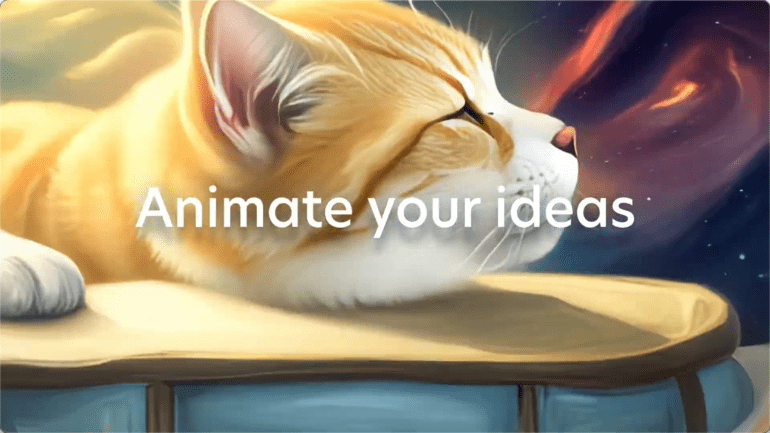TL;DR:
- Stability AI has released the Stable Animation SDK, a text-to-animation AI software.
- The tool is designed for artists and developers to create stunning animations using Stable Diffusion models.
- Stability AI partnered with Krikey.ai for the development of this tool.
- Users can generate animations through three methods: text-to-animation, text input + initial image input, and input video + text input.
- The SDK works with various Stable Diffusion models, including Stable Diffusion 2.0 and Stable Diffusion XL.
- Stability AI CEO Emad Mostaque expressed excitement about the creative possibilities of the tool.
- Stability has provided an animation handbook to guide users in tweaking parameters for desired motion effects.
Main AI News:
Stability AI, the renowned developer behind the groundbreaking Stable Diffusion image-generating software, has recently unveiled its latest innovation, the Stable Animation SDK. Geared towards artists and developers alike, this cutting-edge tool harnesses the power of advanced Stable Diffusion models to empower users in crafting breathtaking animations. In a strategic partnership with Krikey.ai, Stability AI has diligently worked to deliver a dynamic text-to-animation solution.
Emad Mostaque, the CEO of Stability AI, expressed his enthusiasm for the release, stating, “With the introduction of the Stable Animation SDK, we are providing users with a novel avenue to unlock their creative potential and tap into the limitless realm of generative AI.” Mostaque further added, “We eagerly anticipate witnessing the astounding creations that individuals will bring to life through the utilization of this exceptional tool.”
The Stable Animation SDK seamlessly integrates with a comprehensive range of Stable Diffusion models, including the highly acclaimed Stable Diffusion 2.0 and Stable Diffusion XL. This versatile software offers users three distinct methods for generating animation, each tailored to suit diverse preferences and requirements:
1. Text to Animation: By inputting a text prompt, users can leverage the power of Stable Diffusion to generate mesmerizing animations. With the ability to fine-tune various parameters, they can achieve remarkable visual results.
2. Text Input + Initial Image Input: This approach enables users to provide an initial image that serves as the starting point for their animation. By combining the image with a text prompt, they can produce a captivating final output animation. The tool offers a wide range of parameter adjustments to further enhance the creative process.
3. Input Video + Text Input: Users have the option to kickstart their animation journey by supplying an initial video as a foundation. Through the manipulation of diverse parameters, they can steer the development of the final output animation, while the guidance of a text prompt adds an extra layer of artistic control.
For a more comprehensive understanding of the Stable Animation SDK and its capabilities, interested individuals can visit Stability’s official website. In addition, Stability has thoughtfully released an animation handbook that provides valuable insights into the manipulation of various parameters within the animation tool, enabling users to achieve a diverse range of captivating motion effects.
Conlcusion:
The release of Stability AI’s Stable Animation SDK and its integration with advanced Stable Diffusion models signifies a significant development in the market. This innovative tool opens up new opportunities for artists and developers to harness generative AI and create captivating animations. With its diverse methods of animation generation and parameter adjustments, the SDK empowers users to unleash their creativity and produce visually stunning motion effects. This advancement is expected to drive increased adoption of AI-powered animation tools and contribute to the growth of the animation market as a whole.

